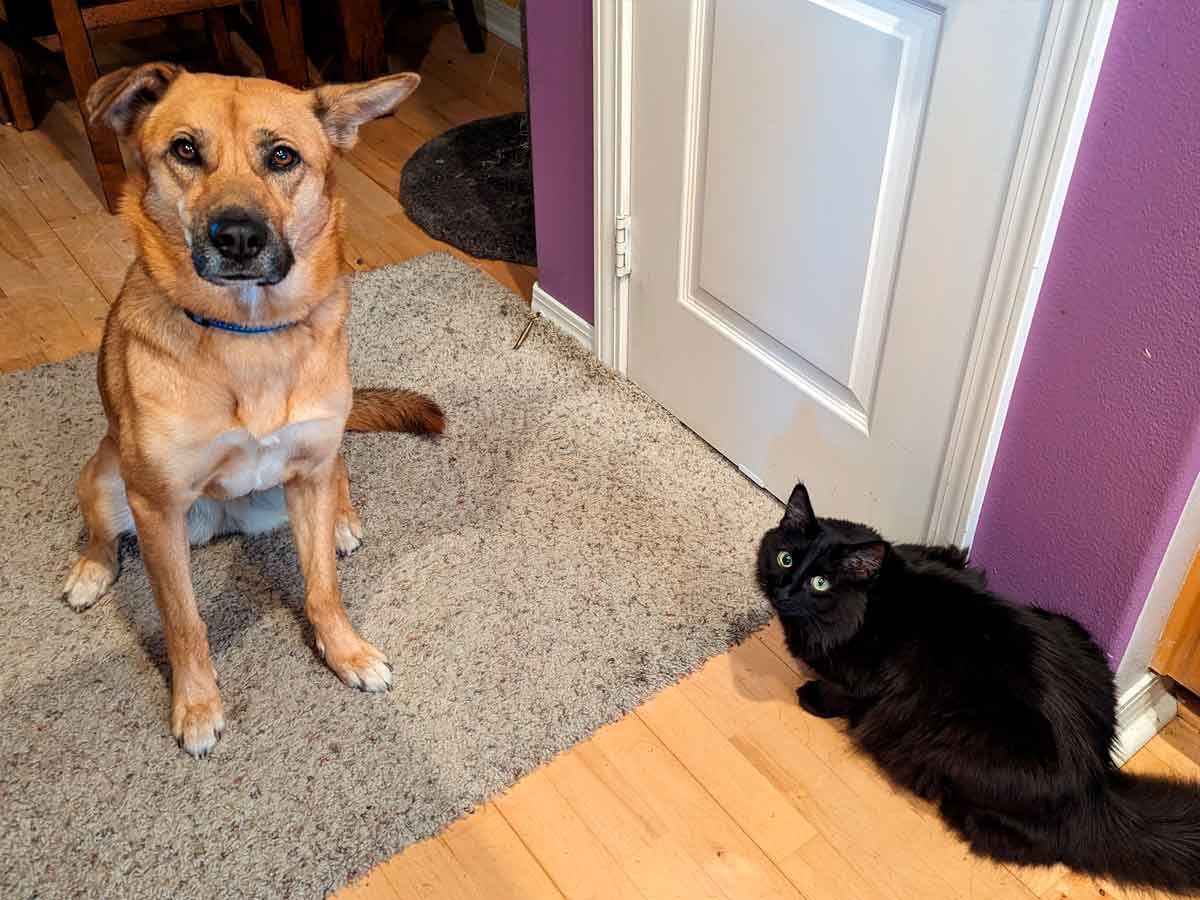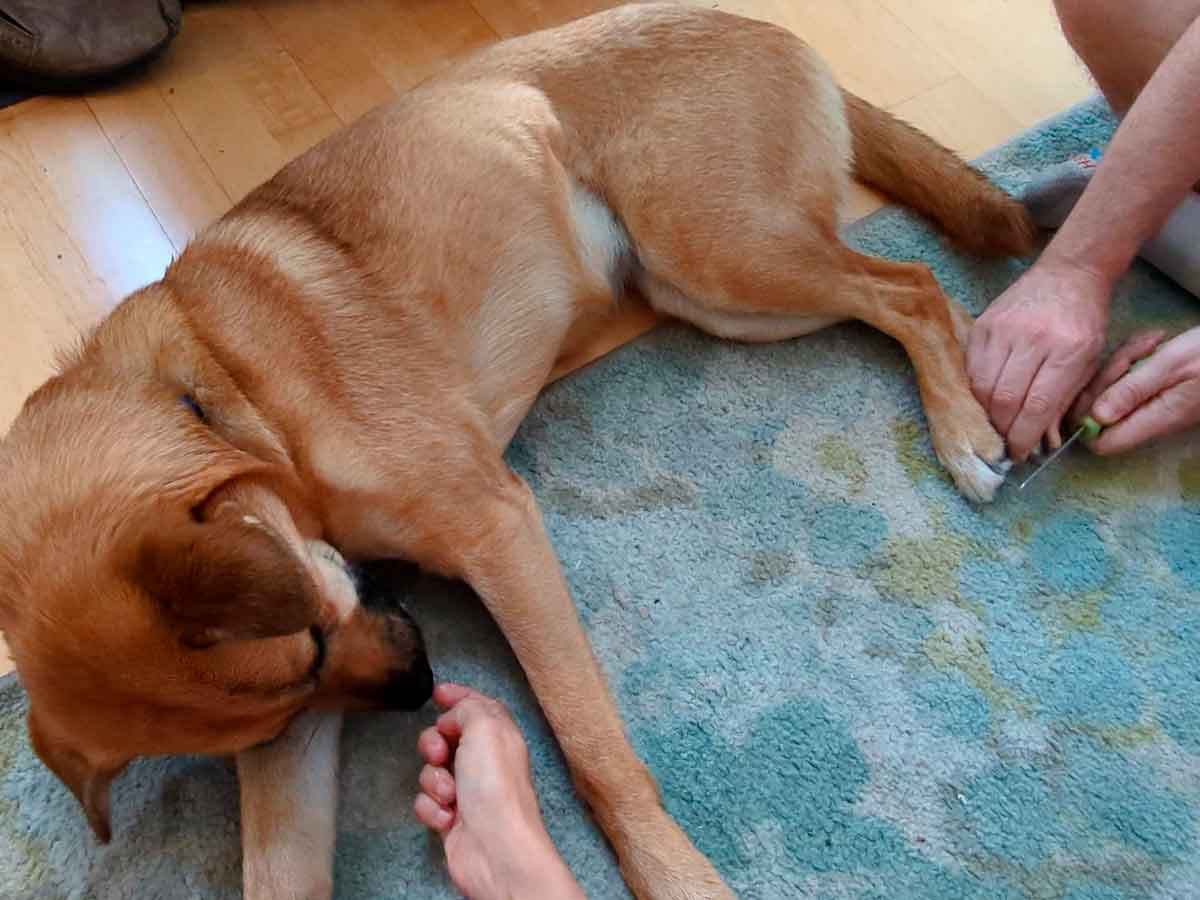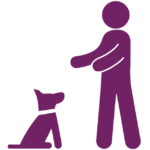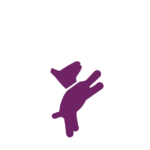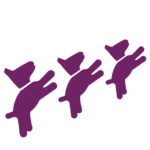When To Ignore Your Dog
If used on purpose for training, ignoring your dog is referred to as negative punishment (removing something your dog likes in order to reduce the likelihood your dog repeats a behavior).
When ignoring your dog you are subtracting (hence, negative) your attention or even your entire body by leaving their space/the room (a punishment, assuming they like your presence), which communicates you don’t like what they were doing immediately prior to your departure (jumping, biting, barking, etc).
Other examples of negative punishment can also include removing their access to a room, their favorite toy, etc.
This alone will not cause the problem behavior to go extinct (cease/disappear). You must also teach your dog what you’d like them to do instead through short, regular training sessions. It’s only fair! Otherwise, how do they know what alternate behavior is rewarding when a friend comes over, or the mail is dropped off, or whatever else inspires their unwanted behavior?
Trainer Story: When I’m with a new private dog training client I’ll play a “game” with them.
I pick something out about their position. For instance, if I see their legs crossed with their hands on their lap, I’ll state, “Don’t put your hands on your lap.” Going along with me, they place their elbows on the table with their palms on the table. I’ll state, “Don’t put your elbows on the table.” Again, they comply and lift their elbows. I’ll state, “Don’t put your palms on the table. They start to look at me with a little side-eye and lift their palms begrudgingly…and we begin to discuss that at some point, they’ll ask themselves,
“Why am I doing this? What in it for me?”
It’s much more constructive if I ask, “Could you place your hands on your head?” and then give them their favorite snack. This is where I hand them a pantomime plate filled with [insert favorite snack here].
Now let’s say next time they put their hands on their head, hoping for that snack, I ignore them. They might try again one, even two or more times, but if I continue to ignore that desired behavior, they’ll stop offering it and maybe even go back to unwanted behaviors…that they find rewarding. Eek!
Some Instances You May Want To Ignore Your Dog Are*

